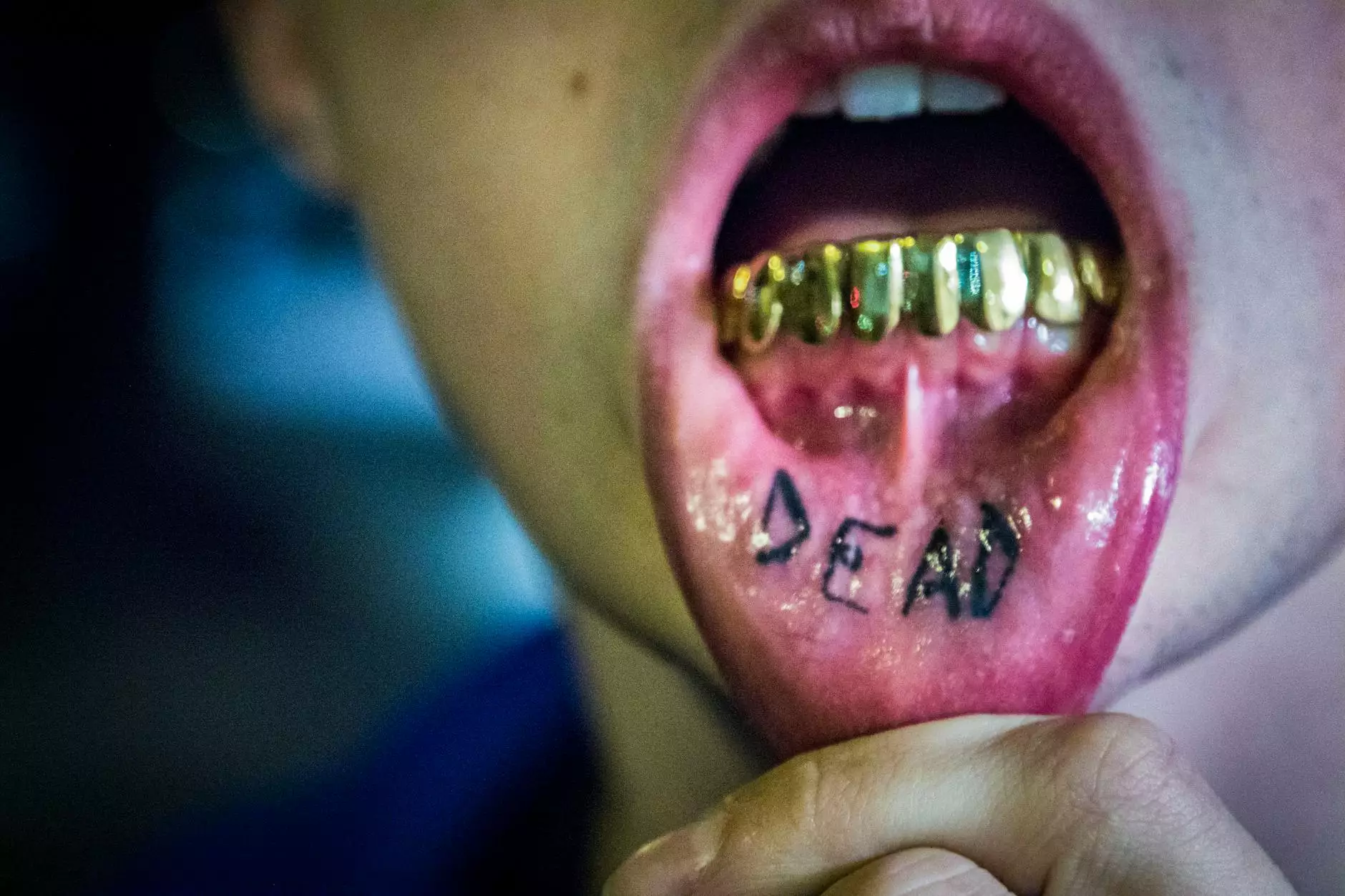Understanding Lower Leg Discoloration: Causes, Diagnosis, and Effective Treatments

Lower leg discoloration can be a concerning symptom that many individuals may experience at some point in their lives. Recognizing the significance of these changes is crucial for one’s overall health. This article provides a comprehensive overview of lower leg discoloration, including potential causes, diagnostic processes, treatments, and real-life pictures for better understanding.
What is Lower Leg Discoloration?
Lower leg discoloration refers to an alteration in color of the skin on the lower legs, which can present in various hues including red, purple, brown, or yellow. This occurs due to several underlying factors that could range from simple bruising to more serious conditions such as vascular diseases.
Common Causes of Lower Leg Discoloration
There are numerous reasons why one might experience discoloration in the lower legs. Below are some of the most common causes:
- Bruising: Trauma or injury often leads to bruising, which can result in temporary discoloration.
- Venous Insufficiency: When veins have trouble sending blood from the legs back to the heart, this can cause pooling, leading to discoloration.
- Skin Conditions: Eczema, psoriasis, or other dermatological issues may result in skin discoloration.
- Blood Clots: Conditions such as deep vein thrombosis (DVT) can cause significant skin changes and discoloration.
- Infections: Skin infections like cellulitis can lead to noticeable changes in color due to inflammation and swelling.
- Circulatory Disorders: Diseases affecting blood flow, such as peripheral artery disease, can lead to discoloration.
- Systemic Conditions: Diseases such as liver failure or heart conditions can manifest as discoloration of the legs.
Diagnostic Methods for Lower Leg Discoloration
Diagnosing the underlying cause of lower leg discoloration is essential for appropriate treatment. Healthcare professionals typically follow a systematic approach:
1. Medical History Review
Your doctor will first conduct a comprehensive medical history assessment, asking about symptoms, duration, and any past medical issues that could contribute to leg discoloration.
2. Physical Examination
A thorough physical examination will be performed, focusing on the affected leg and surrounding areas to assess the extent and nature of discoloration.
3. Diagnostic Tests
Additional tests may be required including:
- Blood Tests: To check for underlying conditions such as blood clots or infections.
- Ultrasound: Especially important for evaluating venous flow and rule out DVT.
- X-rays: To identify any fractures or structural issues.
- CT or MRI Scans: May be needed to get a clearer picture of internal conditions affecting the legs.
Visual Insights: Lower Leg Discoloration Pictures
For a clearer understanding, visual documentation can be incredibly beneficial. Below are examples of different types of lower leg discoloration pictures:
1. Bruising
Bruises usually appear as dark purple or blue spots on the skin, which may change color as they heal – turning green or yellow before disappearing.
2. Venous Stasis
Venous insufficiency can lead to a reddish-brown discoloration, commonly found around the ankles and lower legs.
3. Infection
Infected areas tend to look very red and swollen, often warm to the touch and may present lesions or pustules.
4. Skin Conditions
Dermatological issues may lead to a multitude of discolorations, sometimes presenting a scaly or flaky appearance.
Treatment Options for Lower Leg Discoloration
The treatment approach depends on the underlying cause of discoloration. Here are some common treatment modalities:
1. Lifestyle Modifications
For conditions like venous insufficiency, simple lifestyle changes can make a significant impact. These may include:
- Compression Stockings: Help in promoting better blood circulation.
- Regular Exercise: Encourages improved blood flow and reduces swelling.
- Elevating Legs: Reduces swelling and discoloration, especially after long periods of standing or sitting.
2. Medication
Depending on the diagnosis, medications may include:
- Antibiotics: For treating infections.
- Anticoagulants: To manage blood clotting disorders.
- Topical Creams: For skin conditions, to decrease inflammation and promote healing.
3. Surgical Interventions
In more severe cases, certain surgical options might be necessary:
- Vein Surgery: To repair or remove problematic veins.
- Endovascular Procedures: Such as balloon angioplasty, can help restore proper blood flow.
When to Seek Medical Attention
While not all instances of lower leg discoloration warrant immediate medical attention, certain symptoms should not be ignored. If you experience:
- Severe pain along with discoloration.
- Swelling that does not subside.
- Skin that is warm, red, or produces discharge.
- Fever accompanying discoloration.
It is pivotal to see a healthcare professional promptly for proper assessment.
Conclusion: Understanding Lower Leg Discoloration for Better Health
Lower leg discoloration is not just an aesthetic concern; it can signify underlying health issues that need addressing. Understanding the possible causes, recognizing the signs, and knowing when to seek treatment can empower individuals to take better control of their vascular health. For residents and patients concerned about their leg health, Truffles Vein Specialists is committed to providing the utmost care and expertise in diagnosing and treating vascular conditions, including lower leg discoloration.
Always remember, the appearance of your legs can reflect more than just external beauty; it can be a vital indicator of your overall health.









